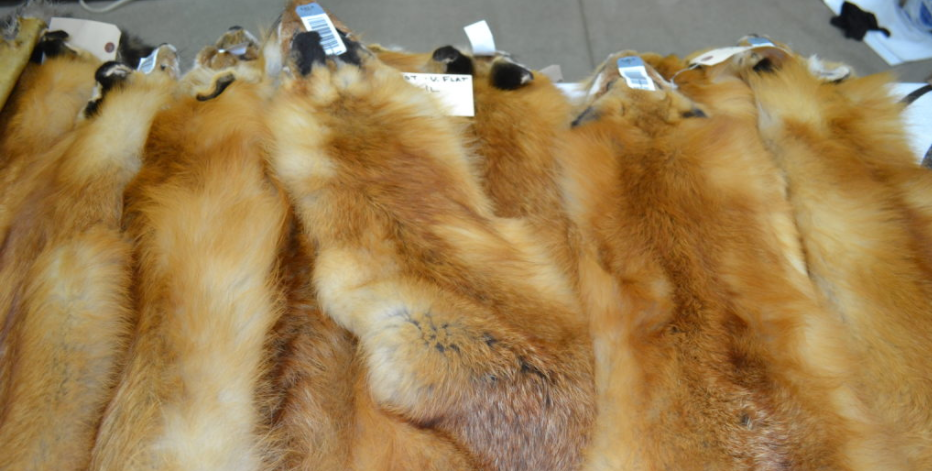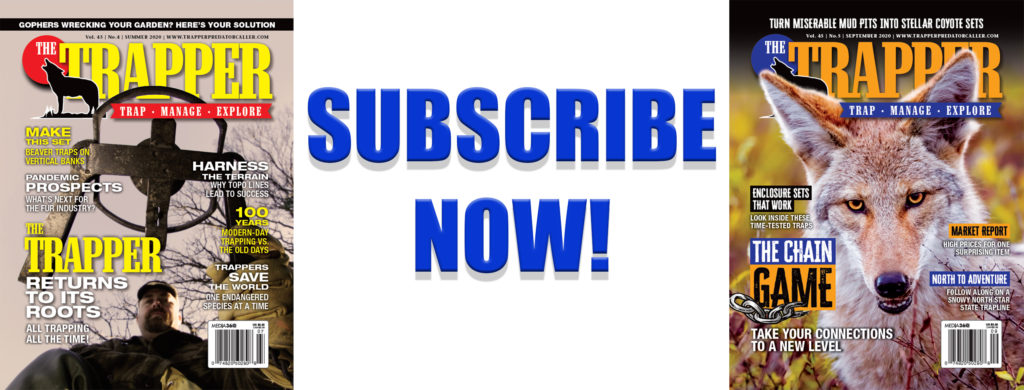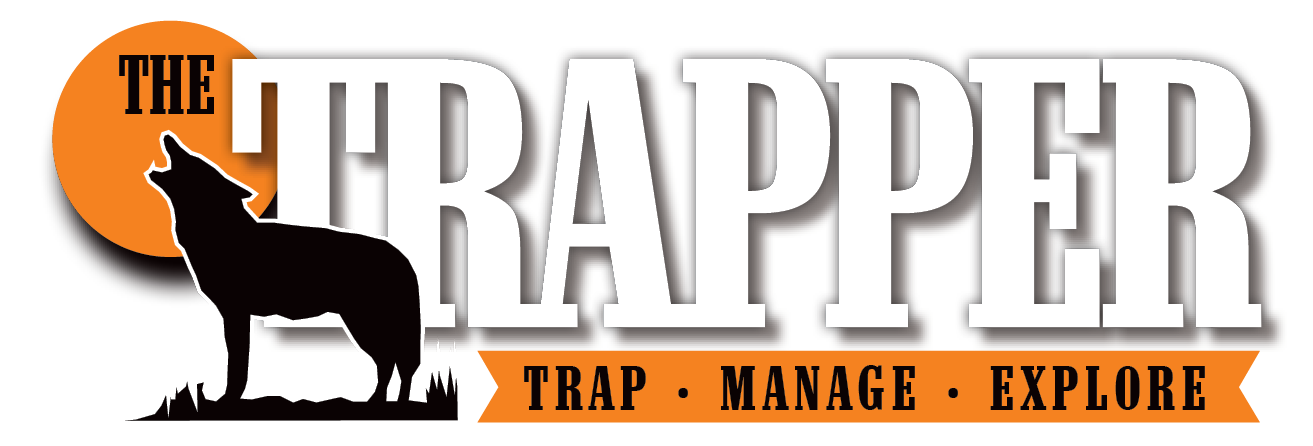By Serge Lariviére
The market is still slow and the upswing we have been awaiting for so long has yet to start. The Omicron variant has taken the pandemic to yet another unexpected level of complication, and sanitary measures aimed at maintaining public health make just about every normal business activity more complicated. International travel, while possible, is still impeded and flights are canceled constantly for lack of passengers — or for lack of healthy pilots and crew members.
Fears of contamination keep many people homebound and away from public areas. Retailers of business clothing have seen the impact — when people work from home, they do not need to “dress up” as they would have normally in the business world. By the same token, wearing fur to keep warm or to display your social status is much less relevant when everyone is indoors waiting for this crazy virus to go away. We all have had enough, and even though we have vaccines now to combat this pandemic, the risks remain, and thus sanitary and safety measures slow down the return of “business as usual.”
In the field, there has been no better time to be trapping because, well, this activity is about as safe as any activity can be! Outdoors in the fresh air, alone for the most part, being active away from urban settings, catching fur animals and taking them to your fur shed where staying two meters away from other human beings is easy.
It’s interesting that trapping, hunting and fishing are activities that can make you completely forget about the pandemic, at least until you have to stop for gas and walk into a store to buy stuff. Depending on where you live, safety precautions are imposed or not, but normal human activities have been slowed down. And the uncertainty remains, even more so as we start 2022 and just normal business models are revisited. In my part of Canada, public offices are closed, services must now be accessed online or by phone, and entirely vacant office buildings are normal.
People even talk about how this may remain, since the cost savings for some corporations are huge, traffic on the roads is reduced, people save time and can handle family tasks much better. People stay at home more and revisit their priorities. Real estate prices are increasing as people realize the value of the “outdoors,” especially the safety of being alone outside during a pandemic. This year will likely crystallize some of these changes we see emerging, and for our trade, at least for being able to sell our fur at decent prices, the good news is rare.
In the ranch mink world, Saga Furs, based out of Finland, held an auction in mid-December and sales were slow and conservative. Clearance reached 75% for some mink types, but prices remained cautious. The industry is trying to keep prices from falling even more, but more sellers need the cash input to keep their farms afloat, and by now just about everyone in the industry has fur on hand in storage somewhere waiting for prices to rebound.
The pandemic affects not only the movements of buyers (international buyers at auctions and retail buyers on the streets), but affects the speed of processing, manufacturing and garment making. So we face the start of 2022 with the wind in our face and conditions that are no different than what we saw in 2021. The first large international fur sale will be Fur Harvester’s on March 24-28, in North Bay, Canada. In the meantime, expect prices similar to 2021 with trends starting to show.
The first trend to watch is the coyote market that has started to cool off. Sure, Western coyotes that are fully prime will continue to sell well, but will likely not bring you the usual $100 or more you were getting in the past. Offerings in early 2022 may be closer to $70 to $80 for top grades. Other grades and sections, pelts of lesser quality, will likely generate less interest as the fashion craze over fur hoods is slowly coming to an end.
We have been closely watching muskrats, which had gone up to the $5 mark for a while, and now, with the recent and difficult mink sale, will likely to fall back to the usual $3 to $4 average. Muskrats are always very closely tied to the mink market, and a tough mink market means cheap ‘rats.
The brightest star in our product lineup has been, and remains, beaver castor. Prices for castor glands have held firm and even continue to rise as the supply of glands shrinks because of the limited harvest. Handle the glands well because on most beavers you catch, large or better, the glands are likely worth more than the skin itself. Price per pound for well-handled glands will continue to fetch $80 to $100 USD.
All in all, we are likely to face another tough year for wild fur. The COVID-19 pandemic is making everything more difficult in the industry, from buying to dressing and manufacturing. The world is nervous, people are insecure, and isolation at home does not provide them opportunities to display the wealth that would normally occur in a stable and healthy world. Selling at last year’s prices is most likely your healthiest expectation for 2022.





